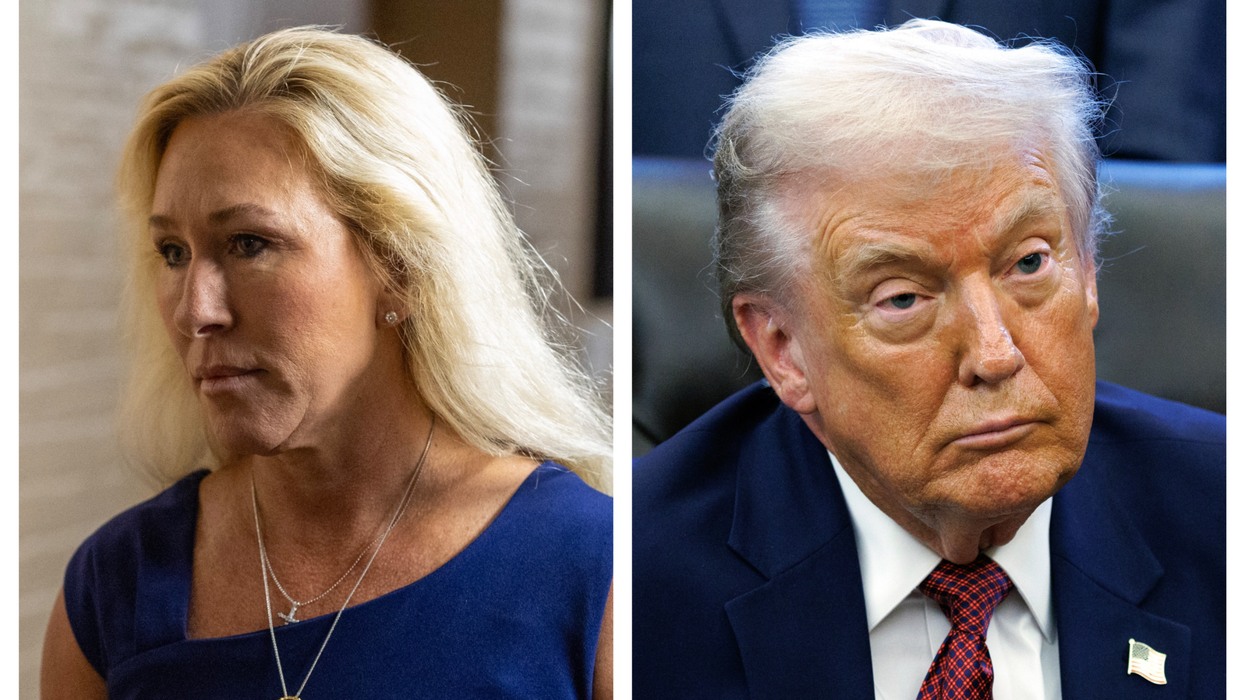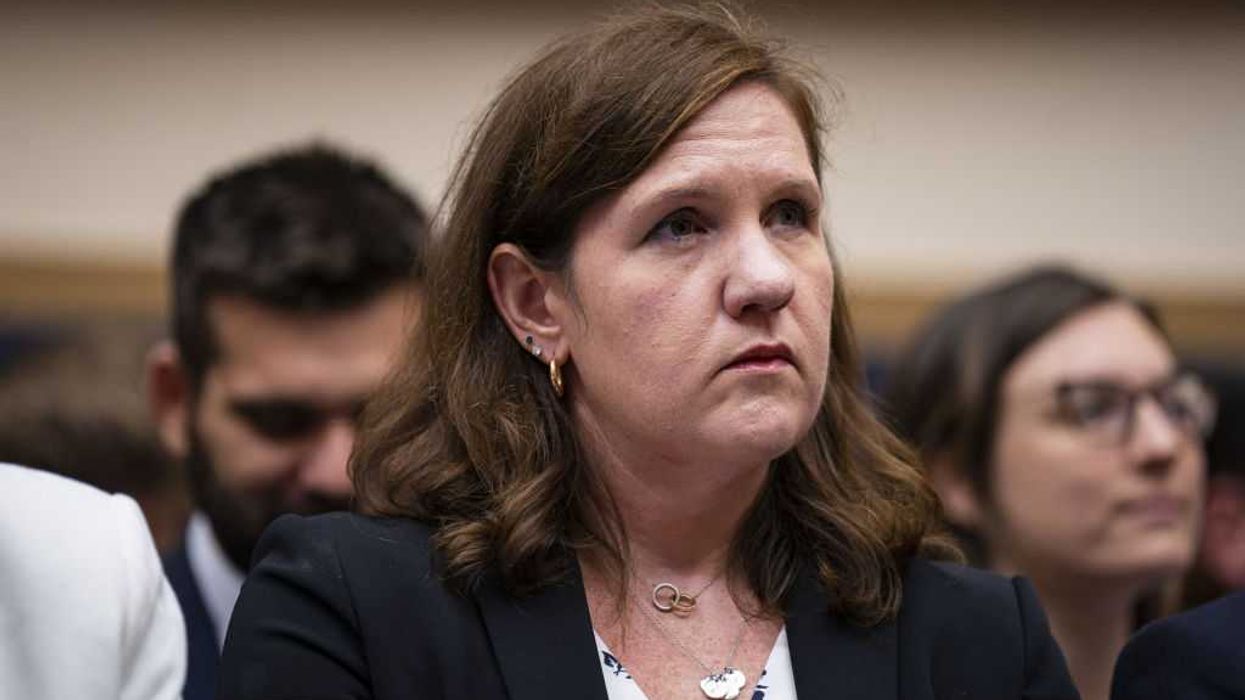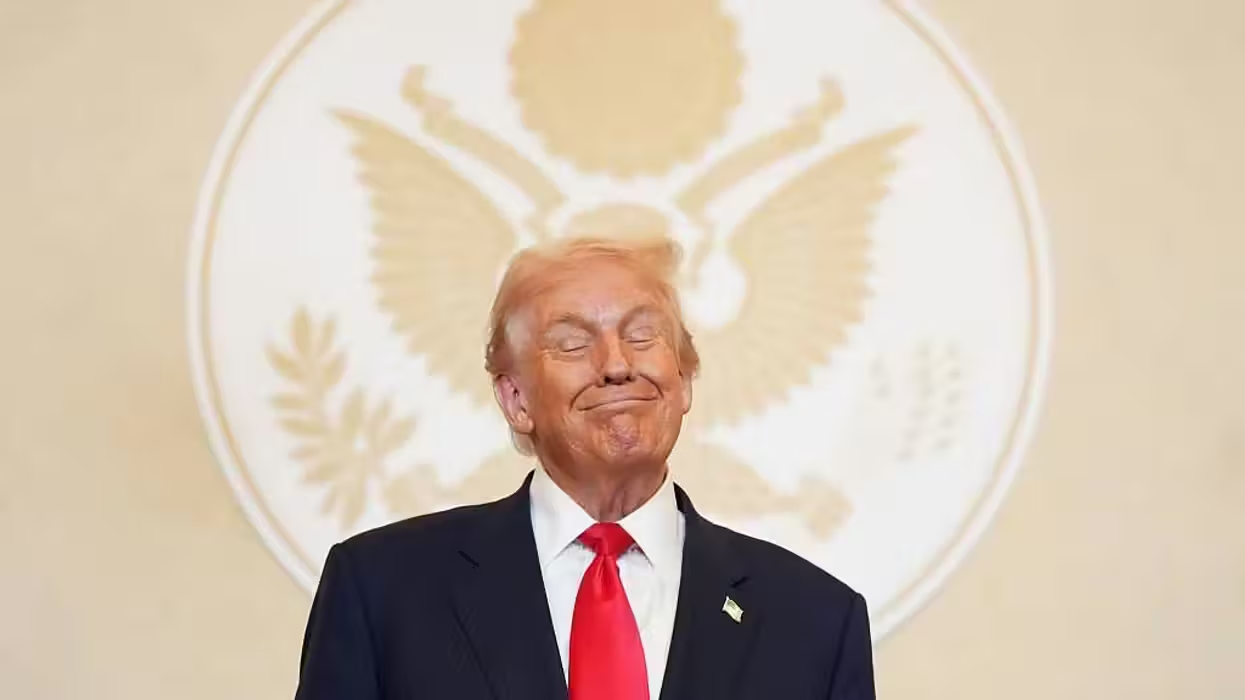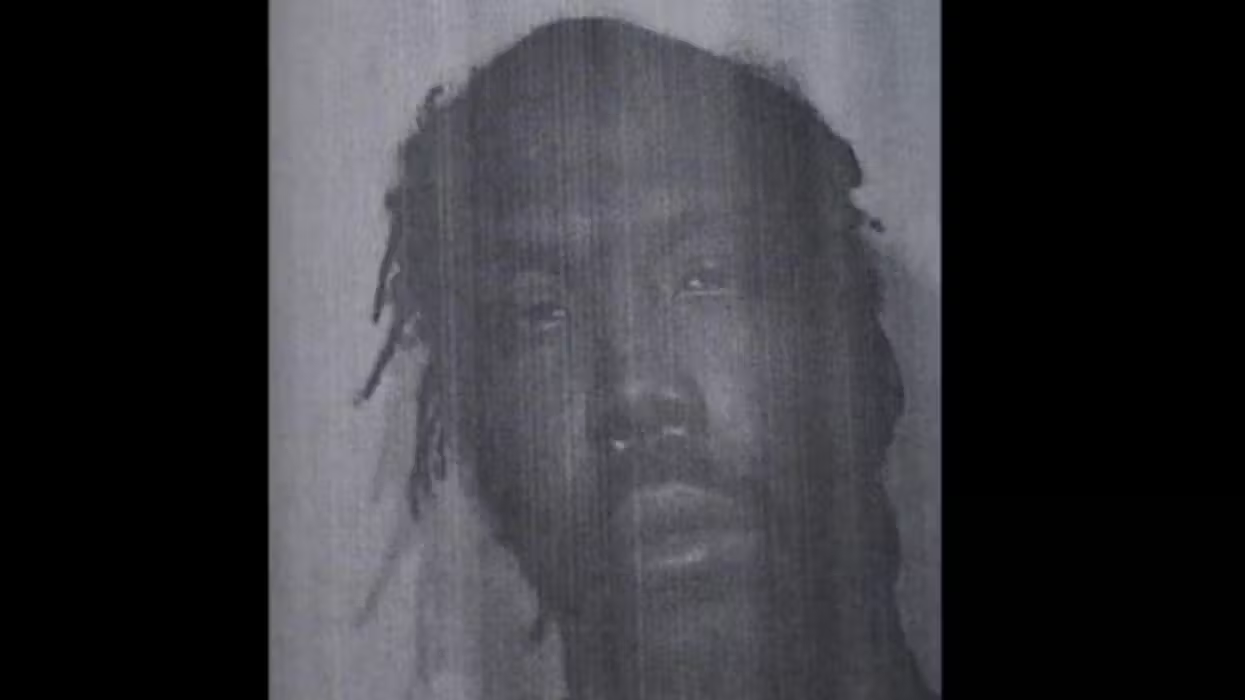
© 2025 Blaze Media LLC. All rights reserved.
Feeble Growth, Exhausted Consumers, & Shrinking Paychecks: The AP's Brutally Honest Report on the State of the Economy
August 15, 2012
"Economic growth has never been weaker in a postwar recovery."
The Associated Press on Wednesday published a report on the state of the U.S. economy that is, as surprising as it may be to some, both honest and scathing.
“The recession that ended three years ago this summer has been followed by the feeblest economic recovery since the Great Depression,” the report begins.
“Since World War II, 10 U.S. recessions have been followed by a recovery that lasted at least three years. An Associated Press analysis shows that by just about any measure, the one that began in June 2009 is the weakest,” the report adds.
But that’s not all. The report continues:
The ugliness goes well beyond unemployment, which at 8.3 percent is the highest this long after a recession ended.Economic growth has never been weaker in a postwar recovery. Consumer spending has never been so slack. Only once has job growth been slower.
More than in any other post-World War II recovery, people who have jobs are hurting: Their paychecks have fallen behind inflation.
The AP goes on to argue that a good deal of the U.S.' current economic problems can be traced directly to the burst of the housing bubble and the 2008 financial crisis.
"A housing collapse is very different from a stock market bubble and crash," says Nobel Prize-winning economist Peter Diamond of the Massachusetts Institute of Technology. "It affects so many people. It only corrects very slowly."
However, one might find himself at odds with the AP's analysis when it claims the U.S.’ struggling economy can be blamed more on a “deeply divided U.S. political system” than on specific policies White House policies.
But, regardless of this point of contention, how did the AP come to its conclusion, that is, what data did the AP look at and decide, “Yeah, this is pretty bad”?
“The AP compared nine economic recoveries since the end of World War II that lasted at least three years. A 10th recovery that ran from 1945 to 1948 was not included,” the report reads, adding that there were two "short-lived recoveries - 24 months and 12 months - after the recessions of 1957-58 and 1980."
Here is the AP’s comparison of our so-called "recovery" to others in our nation’s history [all block quotes via AP]:
FEEBLE GROWTH

America's gross domestic product -- the broadest measure of economic output -- grew 6.8 percent from the April-June quarter of 2009 through the same quarter this year, the slowest in the first three years of a postwar recovery. GDP grew an average of 15.5 percent in the first three years of the eight other comebacks analyzed. The engines that usually drive recoveries aren't firing this time.Investment in housing, which grew an average of nearly 34 percent this far into previous postwar recoveries, is up just 8 percent since the April-June quarter of 2009.
[...]
[S]ince passing President Barack Obama's $862 billion stimulus package in 2009, a divided Congress has been reluctant to try to "help" the economy with federal spending programs. Trying to contain the $11.1 trillion federal debt has been a higher priority.
Since June 2009, governments at all levels have slashed 642,000 jobs, the only time government employment has fallen in the three years after a recession. This long after the 1973-74 recession, by contrast, governments had added more than 1 million jobs.
EXHAUSTED CONSUMERS

Consumer spending has grown just 6.5 percent since the recession ended, feeblest in a postwar recovery. In the first three years of previous recoveries, spending rose an average of nearly 14 percent.It's no mystery why consumers are being frugal. Many have lost access to credit, which fueled their spending in the 2000s. Home equity has evaporated and credit cards have been canceled. Falling home prices have slashed home equity 49 percent, from $13.2 trillion in 2005 to $6.7 trillion early this year.
Others are spending less because they're paying down debt or saving more. Household debt peaked at 126 percent of after-tax income in mid-2007 and has fallen to 107 percent, according to Haver Analytics. The savings rate has risen from 1.1 percent of after-tax income in 2005 to 4.4 percent in June. Consumers have cut credit card debt by 14 percent -- to $865 billion -- since it peaked at over $1 trillion in December 2007.
THE JOBS HOLE

The economy shed a staggering 8.8 million jobs during and shortly after the recession. Since employment hit bottom, the economy has created just over 4 million jobs. So the new hiring has replaced 46 percent of the lost jobs, by far the worst performance since World War II. In the previous eight recoveries, the economy had regained more than 350 percent of the jobs lost, on average.During the 1981-82 recession, the U.S. lost 2.8 million jobs. In the three years and one month after that recession ended, the economy added 9.8 million - replacing the 2.8 million and adding 7 million more.
Never before have so many Americans been unemployed for so long three years into a recovery. Nearly 5.2 million have been out of work for six months or more. The long-term unemployed account for 41 percent of the jobless; the highest mark in the other recoveries was 22 percent.
SHRINKING PAYCHECKS

Earnings for production and nonsupervisory workers -- a category that covers about 80 percent of the private, nonfarm workforce -- have risen just over 6.2 percent since June 2009. Consumer prices have risen nearly 7.2 percent. Adjusted for inflation, wages have fallen 0.8 percent. In the previous five recoveries -the records go back only to 1964 - real wages had gone up an average 1.5 percent at this point.
[...]
Washington isn't doing much to help the economy. An impasse between Obama and congressional Republicans brought the U.S. to the brink of default on the federal debt last year -a confrontation that rattled financial markets and sapped consumer and business confidence.Given the political divide, businesses and consumers don't know what's going to happen to taxes, government spending or regulation. Sharp tax increases and spending cuts are scheduled to kick in at year's end unless Congress and the White House reach a budget deal.
But don't get too depressed. The AP does offer this slight bit of consolation: “As weak as this recovery is, it's nothing like what the U.S. went through in the 1930s."
Indeed, as far as tough times are concerned, the Great Depression actually included two recessions (separated by a recovery) that lasted from March 1933 until May 1937.
So, at least there’s that, right?
Follow Becket Adams (@BecketAdams) on Twitter
The Associated Press contributed to this report, all photos via AP.
Want to leave a tip?
We answer to you. Help keep our content free of advertisers and big tech censorship by leaving a tip today.
Want to join the conversation?
Already a subscriber?
more stories
Sign up for the Blaze newsletter
By signing up, you agree to our Privacy Policy and Terms of Use, and agree to receive content that may sometimes include advertisements. You may opt out at any time.
Related Content
© 2025 Blaze Media LLC. All rights reserved.
Get the stories that matter most delivered directly to your inbox.
By signing up, you agree to our Privacy Policy and Terms of Use, and agree to receive content that may sometimes include advertisements. You may opt out at any time.






